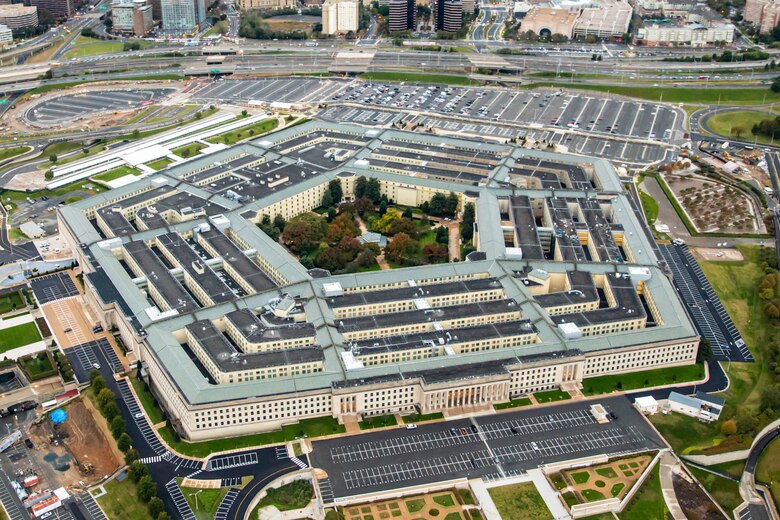The government has started to shut down for the first time in more than six years. Congress failed to pass last-ditch appropriations bills Sept. 30, after which the White House’s Office of Management and Budget issued a memo directing federal government agencies to start executing their plans for “an orderly shutdown” ahead of midnight, Oct. 1.
The Pentagon released its shutdown guidance Sept. 27. That contingency planning document, issued by the Department of War, using its secondary title recently approved by President Donald Trump, clarifies that only “excepted activities,” defined as those necessary to protect life and property, support the President’s constitutional duties and powers, or necessary to support other authorized activities, can continue during the shutdown.
In practical terms, that means:
- Active-duty service members must report for duty throughout the shutdown. Paychecks will not be issued, but in past events, lawmakers included back-pay for troops in legislation restarting government activities. Backpay is not guaranteed, however.
- Some 223,889 DOD civilians are required to report for duty due to the essential nature of their work.
- DOD’s 182,684 non-appropriated funds employees must report to work. Their income comes from sources such as fees and surcharges, rather than Congressional funding, and are therefore not subject to the shutdown.
- More than 334,000 DOD civilians will be furloughed—slightly less than half the Pentagon’s 741,477 civilian employees. Whether or not they receive backpay when the government reopens will be up to Congress.
A Department of the Air Force spokesperson said it will not issue additional guidance and that the Pentagon directive applies to both the Air Force and Space Force.
The planning guidance lists more than 50 examples of excepted activities, ranging from military operations to recruiting to operating overseas commissaries and child care centers. It also notes that the list is “not exhaustive, but rather illustrative.”
One major difference in this year’s shutdown guidance compared to previous years is that the administration detailed six departmental priorities this time around. Those include:
- Operations to secure the U.S. Southern Border
- Middle East operations
- Golden Dome for America
- Depot Maintenance
- Shipbuilding
- Critical Munitions
Work will continue on those priorities using available funds—particularly, the money included in the reconciliation bill passed by Congress this summer, the guidance notes. That covers tens of billions of dollars, including billions for the Air Force and Space Force.
Still, a government shutdown will affect the Department of the Air Force in other ways. In addition to Airmen and Guardians having to go without pay, temporary duty travel for troops will be restricted, and permanent change of station will would be limited.
Some new programs will be blocked from getting started, as they are during a continuing resolution, though Air Force officials could not immediately provide a list of those programs. Delivery of new weapons platforms could also be delayed.
“Yes, essential personnel will still be required to report to work. But they will do so unsure when they will receive their next paycheck. The nation asks much of those who volunteer to risk their lives in defense of America’s national interests. That shouldn’t include working without a paycheck,” AFA President and CEO retired Lt. Gen. Burt Field wrote in a recent op-ed.
The last partial government shutdown, in 2018-2019, lasted 34 days, but the Pentagon was unaffected that time because Congress had already passed a defense appropriations law. The last time the U.S. military dealt with a shutdown was in January 2018, though that lasted only two days. How long this potential shutdown could last is anybody’s guess, but some analysts are predicting a prolonged stalemate as Democrats hold out for concessions and the Republican majority declines to give in.


